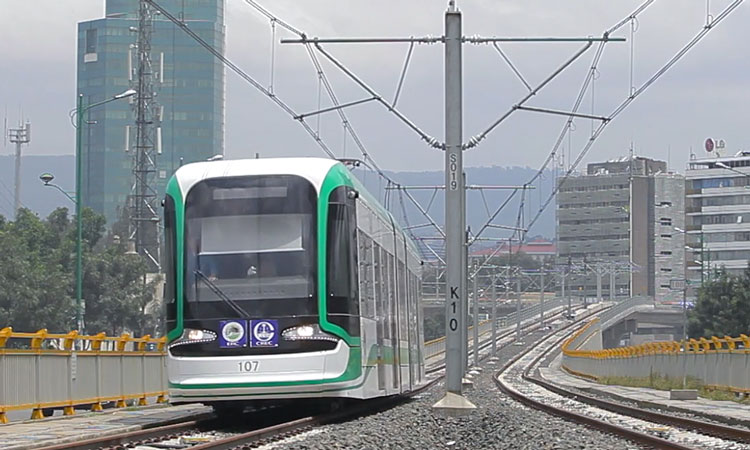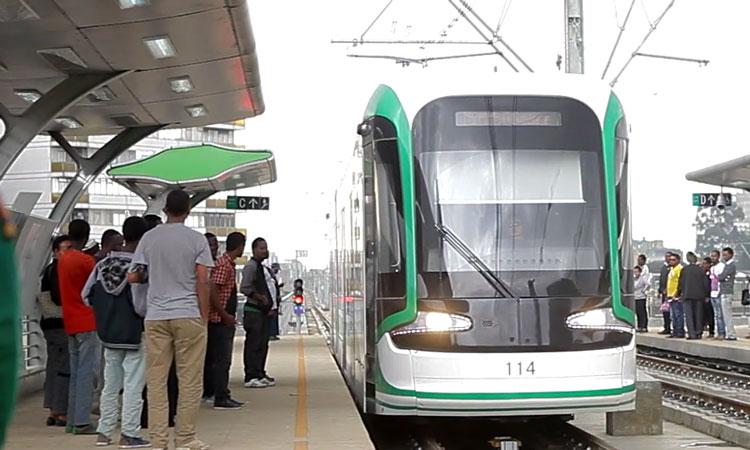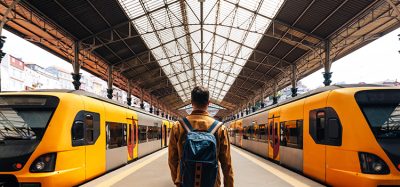Transforming how we move: Optimising the passenger experience with Huawei technology
Posted: 10 November 2020 | Huawei | No comments yet
Huawei helps to implement a highly reliable, elastic and evolvable end-to-end communications network that improves safety and reliability.


Technology is changing how people move and act. While looking for timely, reliable means of transportation, passengers look for more than just safety. Huawei offers the new generation of its digital railway solutions not just to improve safety and performance at a lower cost, but also to enhance passenger experience by staying connected.
Increasing safety and reliability with Huawei
Success in the railway industry depends on safety, reliability and affordability, with both operators and passengers expecting flawless service – but this requires communications networks that perform to the highest level.
However, radio driver-signaller communication often relies on outdated, analogue radio networks which are often supplied by multiple vendors. These are expensive to maintain and can only offer limited functionality, often resulting in uncoordinated dispatching.
Success in the railway industry depends on safety, reliability and affordability, with both operators and passengers expecting flawless service – but this requires communications networks that perform to the highest level.
Huawei addresses these problems using multiple innovative, industry-standard technologies to meet railway communications requirements of the 21st century, offering stability and reliability across various industry-specific signalling standard systems.
Huawei helps to implement a highly reliable, elastic and evolvable end-to-end communications network, covering the three key aspects of railway communications: Mission-critical dispatch; system-wide backbone (system-wide interconnection); and broadband trackside devices. Such a network improves safety and reliability, yet reduces operational costs, subsequently protecting investments made in infrastructure and rolling stock.
Indeed, Huawei innovations are already in use globally – including in Europe, Central Asia, the Middle East and North Africa – and have proven to consistently improve safety, reduce operating costs and raise overall railway performance.
Deployment of Huawei’s 4G LTE technologies in Addis Ababa, Ethiopia
Addis Ababa – the capital city of Ethiopia and the country’s economic and transportation hub – has a high population density and traffic congestion. To ease the latter, the Ethiopian government invested $475 million into the Addis Ababa Light Rail Transit project.
Ethiopia’s light-rail project marks the first time that Huawei’s LTE technologies have been applied to light-rail voice dispatch and ticketing data transmission. Huawei won the project with its innovative LTE technologies, featuring powerful broadband voice and data concurrent transmission and multi-product solutions, providing a comprehensive, integrated communications network and basic support for Ethiopia’s light-rail transit project.
Based on actual conditions, the Ethiopian government required full-coverage wireless communications and a combination of orderwire and private phone services. A single backbone network operates along the entire railway line, featuring unified multiple services and less trackside equipment.


The Ethiopian government has invested $475 million into the Addis Ababa Light Rail Transit project.
Project requirements
The customer needed one wireless network to deliver trunking and ticketing services, and one wired backbone network to carry communications, signalling, ticketing and Supervisory Control And Data Acquisition (SCADA) services. Unified multiple services are expected to reduce trackside equipment.
Centralised storage and the unified management of videos generated along the entire railway lines were required to reduce equipment costs. All IP Cameras (IPCs) deployed were required to provide HD video surveillance images to facilitate railway operations. Another necessity required that the IPCs support dual code streams, since low-bit-rate resources take up less storage space.
Ethiopia’s light-rail project marks the first time that Huawei’s LTE technologies have been applied to light-rail voice dispatch and ticketing data transmission.
The orderwire system and private phone system needed to be combined to reduce the number of devices and it was essential that equipment at each station was able to access substations through access networks free from any single point of failure. The access equipment was expected to perform well, even under adverse trackside environmental conditions.
A network management system was required to ensure the unified management of the communication systems. The network management system uniformly collects and manages alarms from communication systems.
The Huawei Digital Urban Rail Solution integrates sub-solutions, such as urban rail LTE-M, and dedicated urban rail communication networks for delivering HD video surveillance. The network enables rich services, such as wireless dispatch, video surveillance, data storage and unified communication telephony. The solution provides a comprehensive and integrated communications network with basic support for Ethiopia’s light-rail transit project.
The answer: Huawei’s Digital Urban Rail Solution
The innovative Huawei Digital Urban Rail Solution allows both real-time and non-real-time services, such as communications, signalling, ticketing, electric power monitoring, voice and data to be carried on a single network. It also provides air-interface encryption functions and board redundancy protection for core network platforms, greatly improving network reliability and security.
The system features low latency, a high performance dispatching platform and a flattened network architecture. By integrating multiple networks, such as the communication and ticketing networks, the system enables real-time wireless transmission of large amounts of data for the ticketing system and allows concurrent voice dispatching and data transmission.
Huawei provides distributed storage, with storage devices deployed on both South-North and East-West railway lines. This lowers costs and improves reliability. Dual code stream HD IPCs were deployed at front-end surveillance sites to support HD video browsing and Standard-Definition (SD) storage.
Industrial Access Routers (ARs) were deployed at each station/grade crossing to form Smart Ethernet Protection (SEP) rings, improving the reliability of the access network and Huawei’s proprietary eSight, a unified network management system, monitors the performance and running status of the network-wide equipment. The graphical interface ensures easier management and its fault correlation analysis function rapidly locates faults. The system provides diverse alarm management approaches, such as sending sound and optical signals, SMS notifications and emails. In addition, the system manages a wide array of devices from more than 30 manufacturers. It interconnects with all communication subsystems via Simple Network Management Protocol (SNMP) to centrally collect alarm data, so it is not necessary to deploy individual alarm systems.
To find out more information about Huawei’s solutions in the railway sector, please visit their website.
Related topics
Big Data, Digitalisation, Passenger Experience/Satisfaction, Technology & Software







